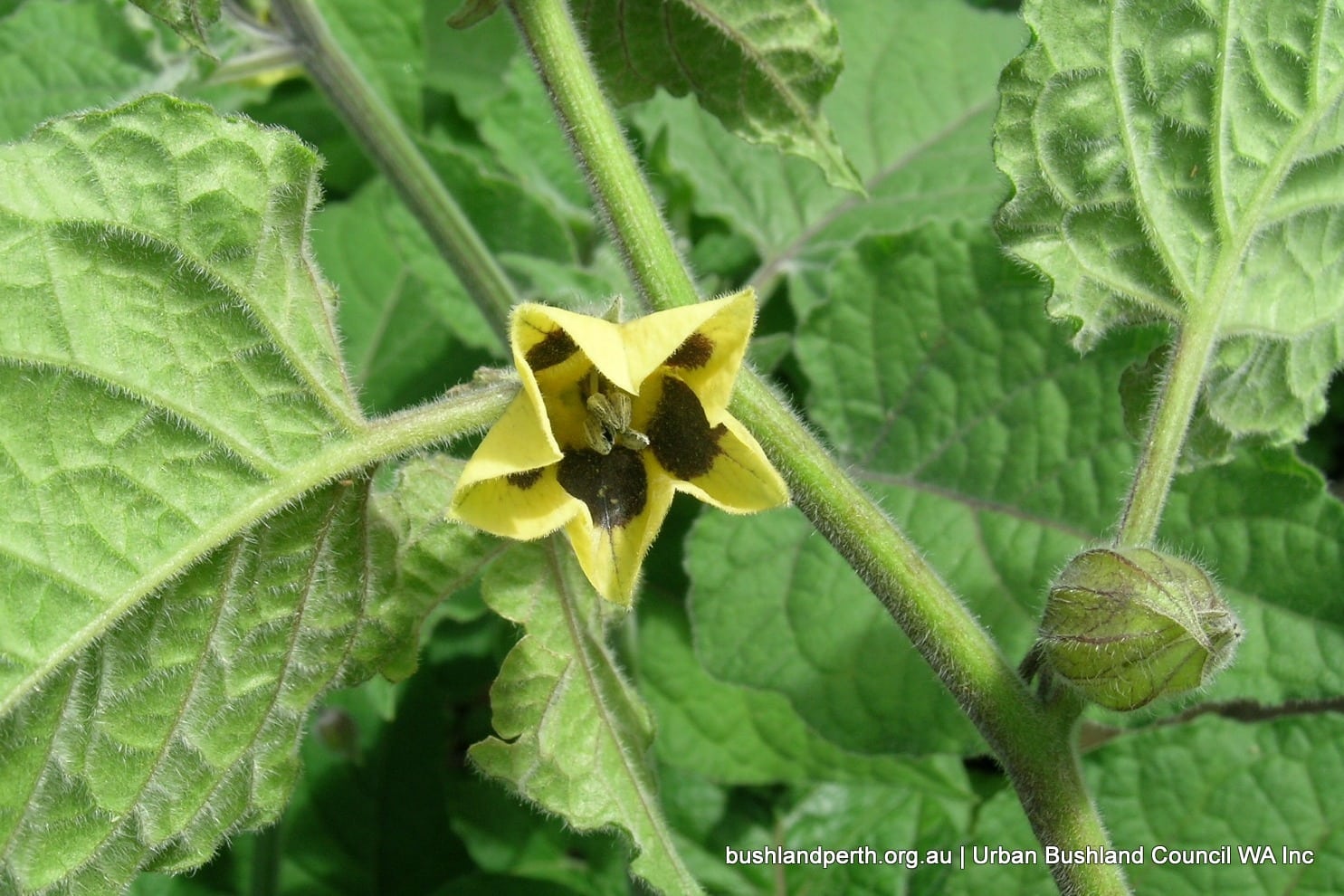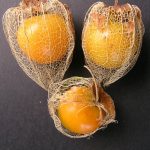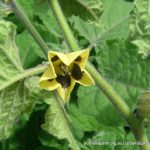Cape Gooseberry

Common name
Cape Gooseberry
Scientific Name
Physalis peruviana
Type of plant
Uncategorised
About this weed
The Cape Gooseberry is a native of South America and was introduced as a garden fruit. The sweet yellow berries are popular in jams and tarts. Unfortunately, the plant became a garden escapee and is often found in wastelands and near disturbed wetlands. The dome shaped bush is an annual or short lived perennial and grows to just over a meter in height. The yellow flowers produce the edible berries in the winter.
Description
Cape Gooseberries are annuals or short lived perennials growing to about 1.5 m high. The yellow flowers are bell-shaped but the unusual feature is the calyx that enlarges to cover the fruit. The leaves are soft and hairy.
Impact on Bushland
Not available.
Location
Found usually near settled areas in rich, moist soils in the South-West Province. It is often seen on road verges and creeklines.
Priority for removal
Unknown:
Management (hand)
As the bushes are smaller, hand weeding often is the best method of control.
Management (herbicide)
Not available.
Flowering month/s
June, July, August, November, December
Flower colour/s
Yellow
Information source
https://florabase.dpaw.wa.gov.au/browse/profile/6983
Additional information
https://florabase.dpaw.wa.gov.au/weeds/swanweeds/
Hussey, B.M.J., Keighery, G.J., Dodd, J., Lloyd, S.G. and Cousens, R.D. (2007) Western weeds. A guide to the weeds of Western Australia, Second Edition, The Weeds Society of Western Australia, Victoria Park, Western Australia.


